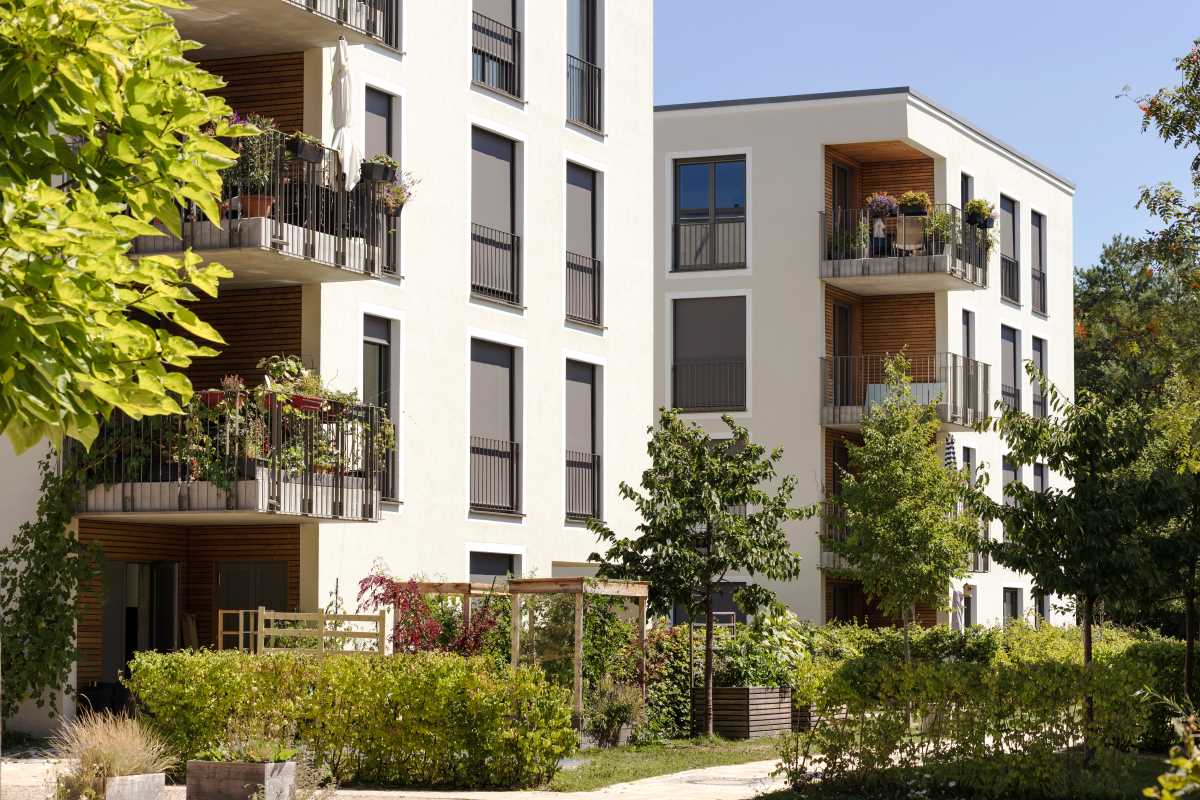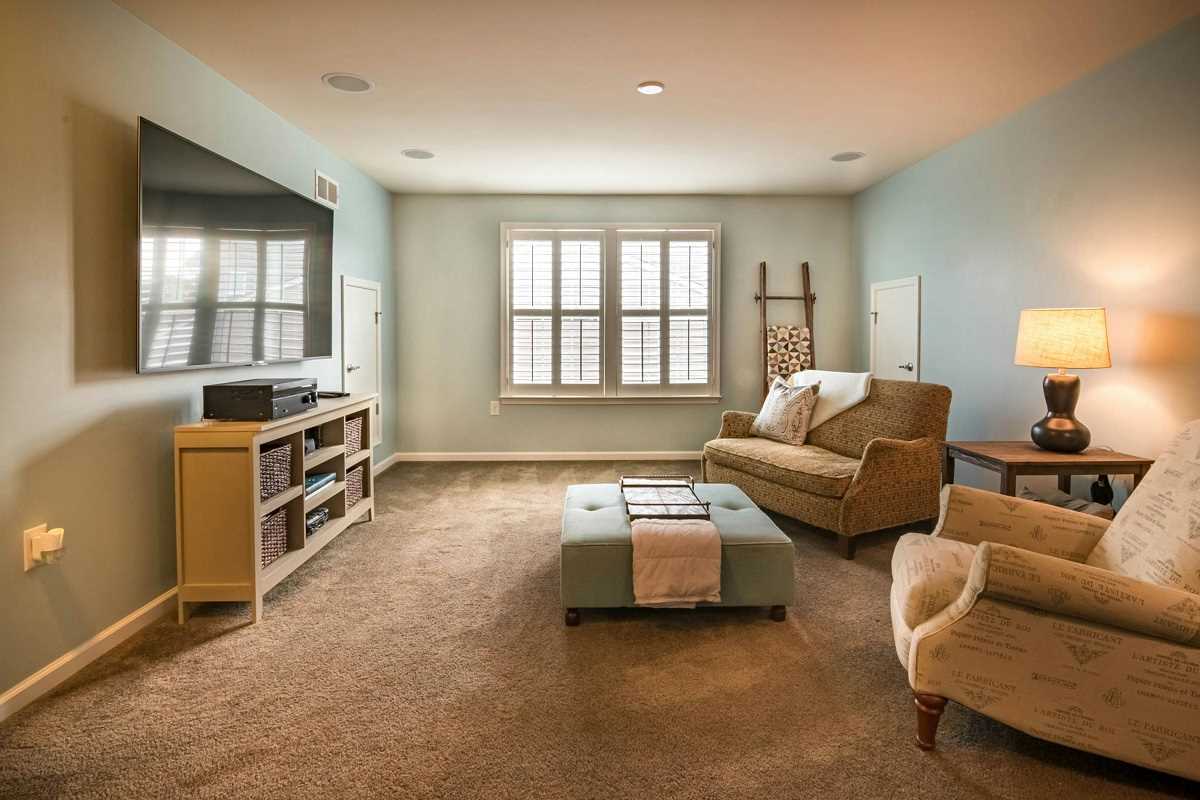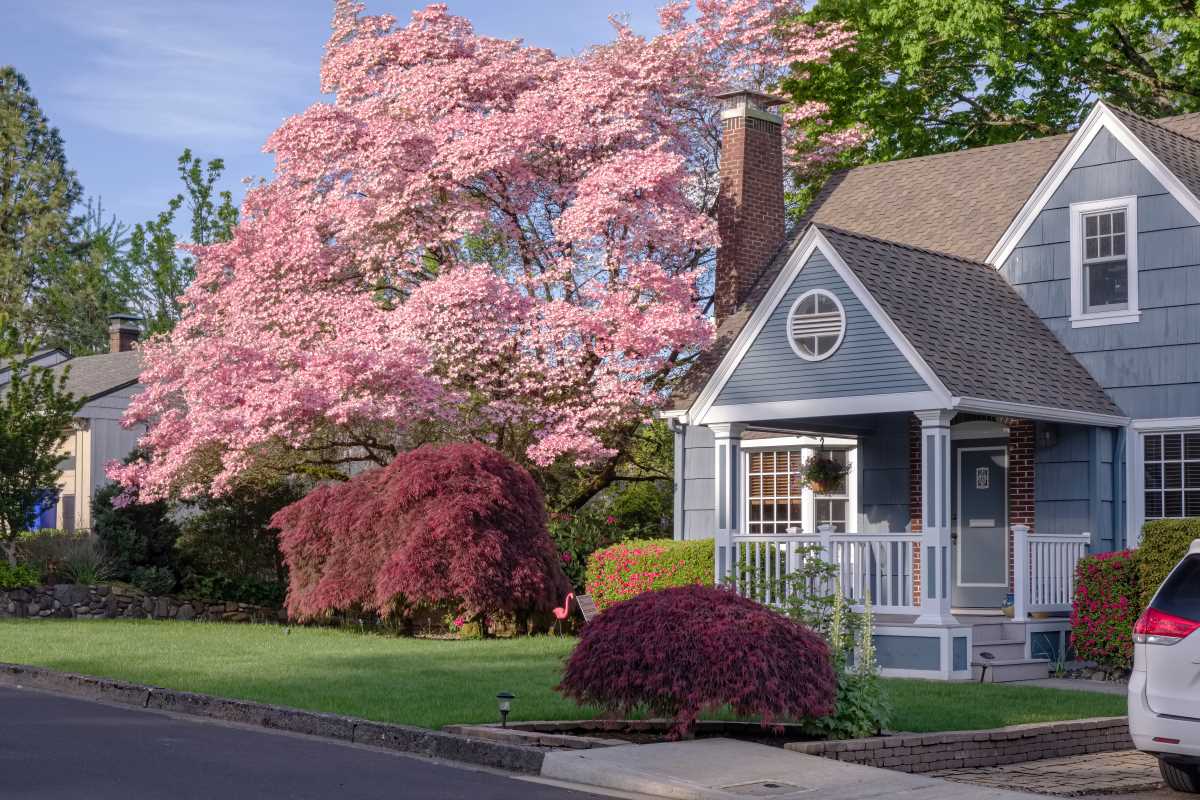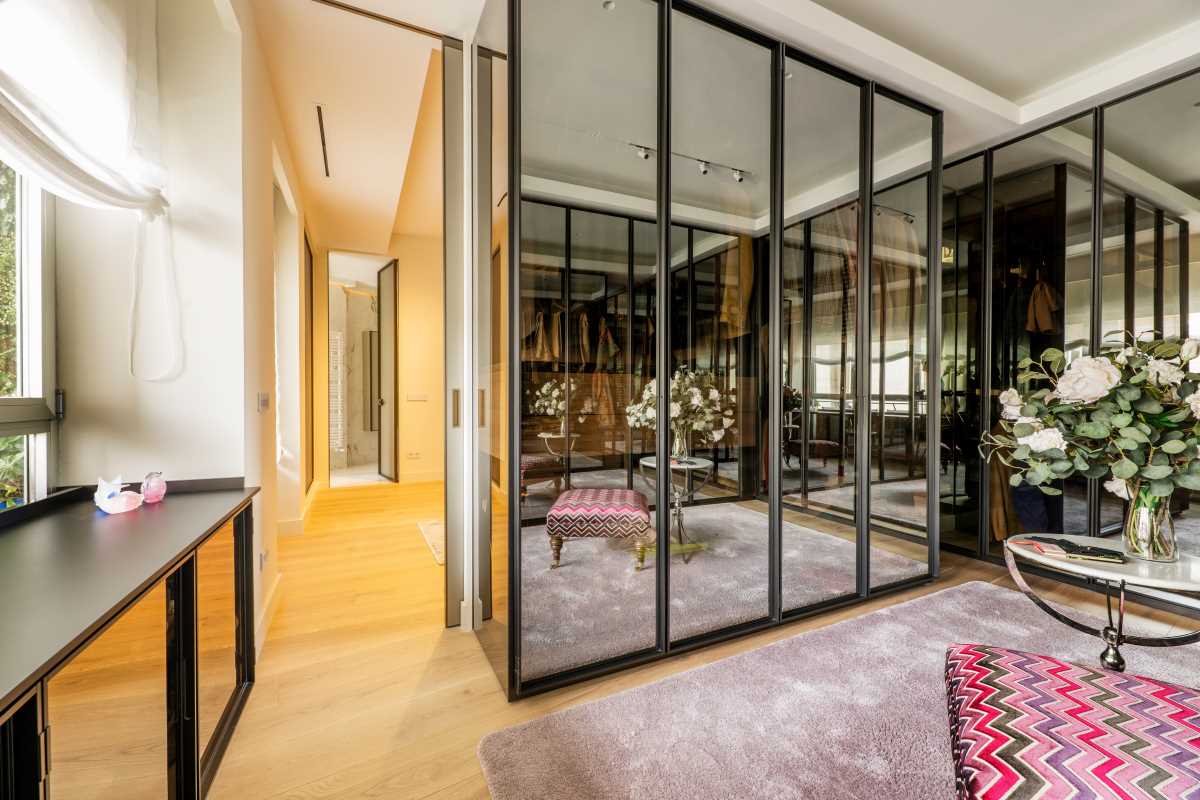Furnishing your first apartment is an exciting milestone. It’s your chance to create a space that reflects your personality, suits your lifestyle, and feels like home. But, as exciting as it is, it can also be a bit overwhelming. From sticking to a budget to figuring out what you actually need, it’s easy to feel lost. And you don’t have to break the bank to furnish your apartment in style. With these smart shopping tips, you can create a space you love, all while saving money.
1. Start with a Budget
Before you even think about shopping, take a moment to set a budget. Decide how much you’re willing (and can afford) to spend on apartment furnishings. This will keep you focused and help avoid overspending. Break your budget into categories, such as furniture, kitchen essentials, and décor. For example:
- Living room furniture (sofa, coffee table, rug): $500
- Bedroom essentials (bed frame, mattress, nightstand): $400
- Kitchen basics (dining table, chairs, pots, pans): $200
This way, you’ll have clear priorities and a roadmap for allocating your funds effectively.
Pro Tip: Don’t forget to budget for delivery fees and assembly costs if you’re buying items that require them.
2. Prioritize Essentials
When you’re starting from scratch, it’s easy to get distracted by cute throw pillows or trendy wall art. But before splurging on décor, it’s critical to focus on the essentials. Think about what you’ll need to live comfortably day-to-day. Your initial apartment furnishings should typically include the following basics:
- A bed frame and mattress (your sleep is non-negotiable!)
- A table or desk for dining and working
- A comfortable chair or sofa to relax on
- Basic kitchen tools such as pots, pans, and a few utensils
Once these essentials are covered, you can gradually add decorative items or “nice-to-have” extras, like wall art or accent furniture, as your budget allows.
3. Shop Secondhand
Secondhand shopping is one of the best ways to save on apartment furnishings. Items like chairs, tables, and shelves often hold up well over time and tend to be much cheaper when bought used. Hit up your local thrift stores, flea markets, or garage sales. You’ll be surprised by the gems you can find.
Where to Look for Secondhand Deals:
- Facebook Marketplace and Craigslist: Ideal for finding affordable furniture in your local area, often with the option to negotiate pricing.
- Habitat for Humanity ReStores: These stores sell gently used furniture, appliances, and even décor, with proceeds supporting housing efforts.
- Apps like OfferUp or Nextdoor: Great for spotting deals on furniture from neighbors near you.
Be sure to inspect items carefully for wear and tear. For wooden furniture, minor scratches can often be fixed with sanding or a fresh coat of paint.
4. Take Advantage of Sales
Timing is everything when it comes to finding bargains. Furniture retailers often offer discounts during specific times of the year, so keep an eye out for seasonal sales.
Best Times to Shop for Deals:
- Holiday weekends: Memorial Day, Labor Day, and Black Friday often come with significant discounts.
- End-of-season clearances: Stores frequently mark down furniture collections in January and July to make room for new inventory.
- Back-to-school season: Perfect for deals on smaller furniture, as stores cater to college students furnishing dorms and apartments.
Signing up for email alerts from furniture retailers can also clue you in on upcoming sales, exclusive discounts, or free shipping promotions.
5. Explore Online Marketplaces
Shopping for furniture and décor online opens the door to plenty of budget-friendly options. Sites like Amazon, IKEA, and Wayfair are known for offering stylish, affordable pieces. You can also find hidden gems on lesser-known marketplace sites.
Budget-Friendly Online Stores to Consider:
- IKEA: Known for minimalist, affordable designs, IKEA is a go-to for essentials like tables, chairs, and shelves.
- Wayfair: Offers a wide range of furniture styles at varying price points. Check their “Flash Deals” section for extra savings.
- Amazon: An excellent source for small furniture items, accent pieces, and organizational tools. Read reviews before purchasing for quality assurance.
- Walmart and Target: These stores often carry trendy and budget-friendly furniture options. Target’s “Room Essentials” and Walmart’s “Mainstays” collections are especially popular for budget-conscious shoppers.
Tip: Use price-comparison tools, such as Honey or CamelCamelCamel, to ensure you’re getting the best deal online.
6. Balance Quality and Cost
When buying furniture, it’s tempting to go for the cheapest option. However, some items are worth investing a bit more in to ensure durability and comfort. For example, prioritize quality when buying a mattress or sofa, as these will play a significant role in your daily life. For items like side tables, shelves, or rugs, you can typically afford to spend less.
Look for reviews or product ratings, and don’t hesitate to visit stores in person to test out furniture before committing. Balancing quality with cost ensures you won’t have to replace items prematurely, saving you money in the long run.
7. DIY for a Personal Touch
Adding personal touches to your apartment décor doesn’t have to cost a fortune. Consider do-it-yourself projects to save money and make your space unique.
- Repurpose old furniture: Update an old dresser with a coat of paint and new hardware for a modern look.
- Create wall art: Frame photos, press flowers, or DIY a gallery wall with inexpensive frames.
- Build your own coffee table: Use wooden crates or pallets for a rustic vibe.
Not the craftiest person? No problem! Simple DIY projects, like painting a feature wall or assembling pre-made furniture, are beginner-friendly ways to spruce up your space.
8. Opt for Multi-Functional Furniture
For small apartments, multi-functional furniture can be a lifesaver. These space-saving pieces often combine practicality with style. Examples include pull-out sofas, storage ottomans, and foldable tables.
Popular Picks:
- A futon that serves as both a couch and a bed
- A coffee table with hidden storage compartments
- Stackable chairs that can be used for dining or entertaining guests
Investing in versatile furniture ensures you get more use out of each piece while saving space and staying within budget.
9. Stick to a Cohesive Style
Furnishing your apartment is an opportunity to create a space that feels cohesive and intentional. Start by choosing a simple color palette or style, such as modern, boho, or industrial. Sticking to a theme can help you make better purchasing decisions and avoids a mismatched look.
For example, if you’re opting for a modern vibe, pair clean-lined furniture with neutral tones and a few metallic accents. Buy items that complement each other but don’t be afraid to mix in affordable finds to add personality.
10. Borrow or Rent When Necessary
If you’re in a temporary living situation, consider borrowing or renting furniture. Sites like CORT Furniture Rental or local rental companies offer cost-effective options for outfitting apartments without the upfront investment. Alternatively, family or friends may have items you can borrow, like an extra table, chair, or appliance, to help you get started.
Furnishing your first apartment doesn’t have to be overwhelming or expensive. By setting a budget, prioritizing essentials, shopping secondhand, and taking advantage of sales, you can create a space you’ll love without spending a fortune. Every piece you bring into your home reflects your style and helps make your apartment uniquely yours.







